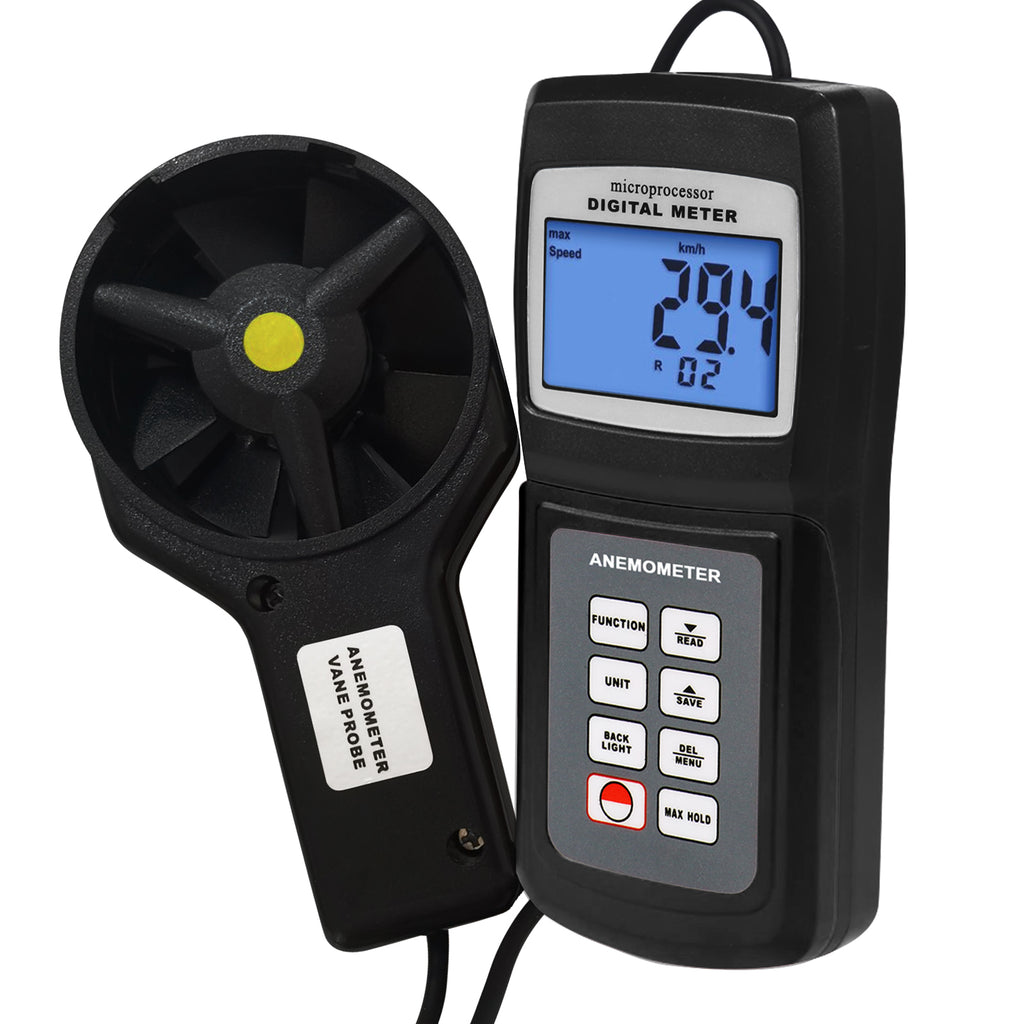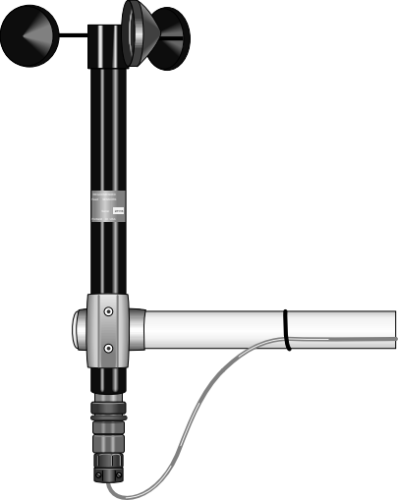Anemometer Innovations: The Most Up To Date Innovation for Wind Rate Measurement
Anemometer Innovations: The Most Up To Date Innovation for Wind Rate Measurement
Blog Article
Anemometers Revealed: Understanding Their Significance in Environmental Monitoring and Precaution
The role of anemometers in ecological tracking and precaution is often ignored, yet their significance is indisputable. These instruments have a long background rooted in clinical questions and technological advancements, evolving to become important devices in numerous fields. From meteorology to aviation safety and security, anemometers play an essential role in offering accurate information that educates decision-making processes and enhances total security. Comprehending the complexities of anemometers introduces a globe of important insights that are basic to our understanding of the atmosphere and the procedures we take to ensure safety and security.
Background of Anemometers
The evolution of anemometers can be mapped back to the old people where rudimentary wind determining gadgets were very first used. One of the earliest recognized anemometers was the hemispherical mug anemometer invented by Leon Battista Alberti in the 15th century.
In the 18th century, the popular scientist John Thomas Romney Robinson presented the Robinson anemometer, which featured four hemispherical cups placed on horizontal arms that extended from a central axis. This style came to be a standard in atmospheric dimensions because of its precision and dependability. Over the years, developments in technology led to the growth of even more modern anemometers, including ultrasonic anemometers and laser Doppler anemometers, providing boosted precision and efficiency in measuring wind rate and direction. The history of anemometers showcases a remarkable trip of advancement and progress in the field of meteorology.
Kinds Of Anemometers
Throughout the field of meteorology, various types of anemometers have actually been established to accurately measure wind speed and direction. Sonic anemometers utilize ultrasonic signals to gauge wind rate and instructions properly. Hot-wire anemometers run based on the concept that the cooling result of wind on a heated cable is symmetrical to the wind speed.
Applications in Meteorology
Having discussed the numerous kinds of anemometers used in meteorology for determining wind rate and instructions, it is important to explore their functional applications in the field. Anemometers play a vital function in meteorology by providing real-time and exact information on wind problems (anemometer). Meteorologists use anemometers to keep an eye on wind speed and instructions to forecast weather condition patterns, issue cautions for extreme climate occasions like storms, hurricanes, and storms, and analyze weather for aviation security
In weather forecasting, anemometers assist in recognizing local and regional wind patterns, which are vital for anticipating weather adjustments and determining climatic fads. These devices are additionally utilized in research study to study have a peek at this site microclimates, metropolitan warm islands, and air pollution dispersion. Additionally, anemometers are used in farming to optimize plant management techniques, such as watering and chemical application, based upon wind problems.
Value in Air Travel Safety
An integral facet of making certain aviation security depends on anchor the precise surveillance of wind problems making use of anemometers. Anemometers play an essential duty in aeronautics by giving real-time information on wind speed and instructions, helping pilots in making educated decisions throughout flight, touchdown, and take-off. Unforeseeable and solid winds can substantially impact aircraft procedures, making it necessary for aeronautics authorities to depend on accurate wind measurements to guarantee the security of passengers and staff.

In the dynamic environment of air travel, where even small adjustments in wind speed and direction can have profound impacts, anemometers stand as important tools for advertising secure and safe flight.
Function in Environmental Research
Exactly how do anemometers add to innovations in ecological research? Anemometers play an essential duty in ecological research study by offering essential information on wind speed and direction. This info is crucial for understanding various climatic procedures, such as air pollution diffusion, weather patterns, and environment change. By accurately determining wind attributes, anemometers aid scientists analyze the motion of toxins in the air, analyze the influence of commercial emissions, and anticipate the spread of impurities in the setting.


Verdict
In verdict, anemometers have played a critical role in ecological surveillance and precaution. With an abundant background and numerous kinds offered, these gadgets have been widely used in meteorology, aviation safety, and ecological research study. Comprehending the importance of anemometers discover here is essential for accurately measuring wind rate and direction, which is important for predicting climate patterns, ensuring safe aeronautics procedures, and carrying out environmental researches - anemometer. Their payments to these fields can not be underestimated.
One of the earliest recognized anemometers was the hemispherical cup anemometer invented by Leon Battista Alberti in the 15th century. Over the years, developments in innovation led to the advancement of more modern-day anemometers, consisting of ultrasonic anemometers and laser Doppler anemometers, providing boosted precision and efficiency in determining wind speed and instructions. Hot-wire anemometers run based on the principle that the cooling impact of wind on a heated cord is proportional to the wind rate. Meteorologists use anemometers to monitor wind speed and instructions to anticipate weather patterns, problem cautions for severe weather condition occasions like storms, hurricanes, and typhoons, and examine climatic problems for aviation safety.
Understanding the relevance of anemometers is important for accurately determining wind rate and direction, which is crucial for forecasting climate patterns, making certain secure aviation operations, and performing environmental research studies. (anemometer)
Report this page